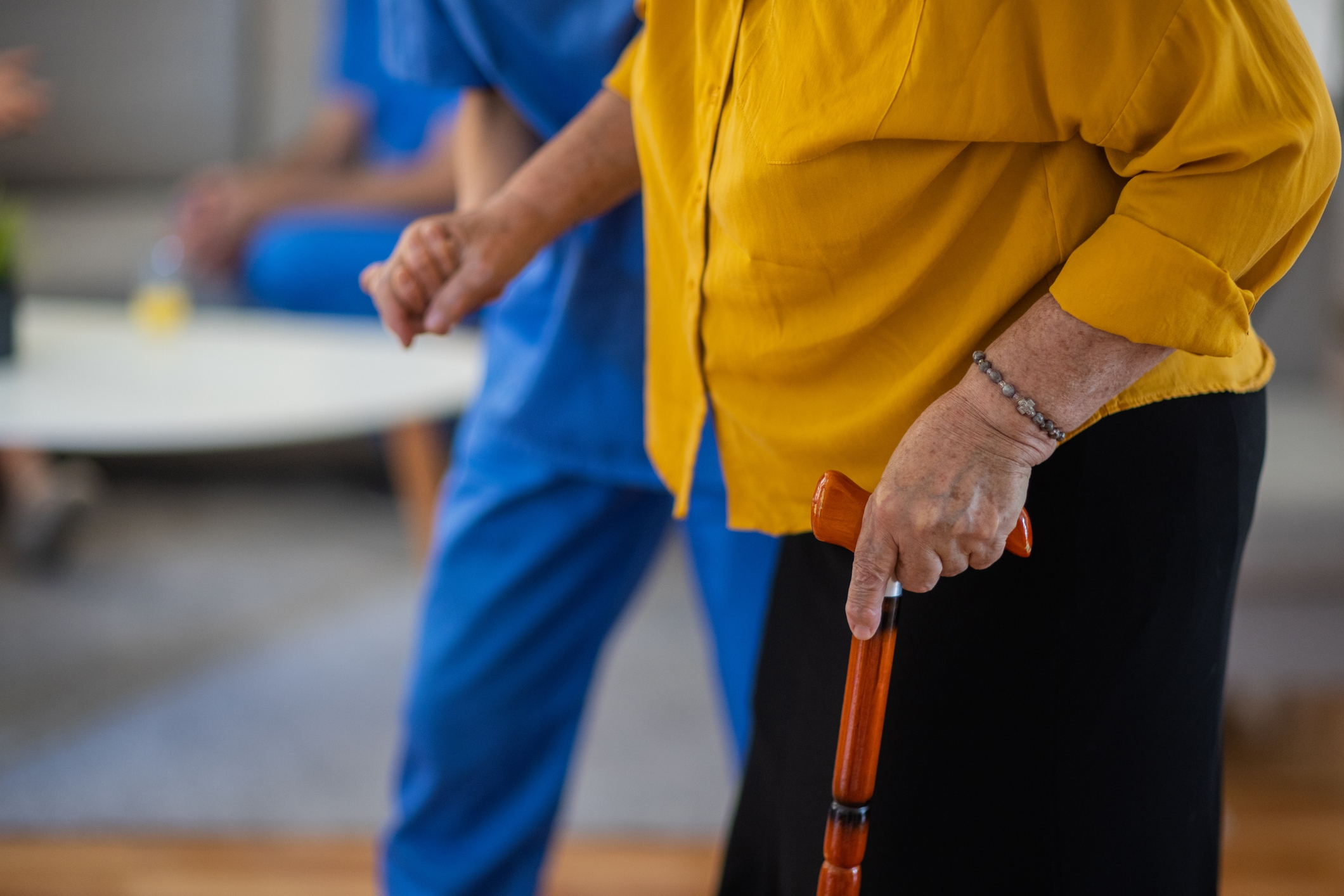
Mobility and balance are essential to our ability to live independently, participate in social events, and engage confidently with the world around us. As we grow older, it’s common to experience changes in these areas – but that doesn’t mean giving up on movement, independence, or vitality. Instead, with the right mobility support, older adults can continue to live safely and fully.
At Maplewood Senior Living, we recognize how crucial it is to address changes in mobility and balance with care, compassion, and expertise. By understanding the causes, recognizing the signs, and implementing personalized strategies for mobility support, older adults and their families can take proactive steps toward safer, more confident living.
Mobility and balance challenges often begin gradually. A slight hesitation when standing up, a slower walking pace, reduced participation in physical activities, or fear of falling can be the first clues. Other signs may include:
These early indicators should not be dismissed as “just getting older.” They may signal underlying conditions or simply be the result of deconditioning, and early intervention can make a meaningful difference.
Many age-related factors can contribute to changes in mobility and balance:
Identifying the root causes is key. A comprehensive evaluation by a healthcare provider can reveal contributing factors and guide individualized solutions.
Addressing mobility and balance doesn’t mean limiting movement, it means supporting it in new ways. At Maplewood, we take a holistic approach that combines safety, function, and personal dignity. Here are a few key strategies:
A strong care team is essential. Physicians, physical and occupational therapists, and wellness staff work together to asses needs and create tailored movement plans. At Maplewood communities, access to on-site therapy services ensures convenience and continuity of care.
Staying active is one of the most effective ways to maintain mobility. We offer wellness programs designed to meet a range of abilities – from seated stretching and resistance training to guided walking groups and balance classes. These programs are not only beneficial physically but also foster connection and enjoyment among residents.
Simple changes in one’s living environment can dramatically reduce the risk of falls. In our communities, we utilize AI-powered fall detection systems. Maplewood also incorporates fall-conscious design elements into our residences, such as wide, well-lit corridors, handrails, and non-slip flooring. For those at home, similar adaptations – grab bars, clutter reduction, and secure footwear – can promote safety and confidence.
Assistive devices, when used correctly, can enhance, not hinder, independence. Our team helps residents become comfortable with tools such as canes, walkers, or mobility aids, ensuring they are properly fitted and used with skill.
It’s natural for mobility concerns to bring about feelings of vulnerability or frustration. By listening attentively, encouraging open conversations, and offering consistent reassurance, families and caregivers can help older adults maintain a sense of autonomy and self-assurance. At Maplewood, our associates are trained to provide support that respects each resident’s dignity and promotes their confidence.
What sets Maplewood apart is our commitment to proactive, personalized care. We don’t take a one-size-fits-all approach to mobility challenges. Each resident benefits from an individualized wellness plan that considers their unique needs, preferences, and goals. Whether the focus is on rehabilitation, maintain current levels of activity, or introducing new routines for strength and balance, our team walks alongside residents every step of the way.
Changes in mobility and balance don’t have to mean giving up what you love. With the right guidance and resources, it’s possible to adapt, thrive, and embrace each day with confidence. Our mission at Maplewood Senior Living is to empower older adults to live with strength, purpose, and joy – no matter what changes come with age.
If you or a loved one is experiencing changes in mobility, we invite you to learn more about how our communities support active aging, promote safety, and prioritize whole-person wellness.
Sign up to receive the latest posts straight to your inbox.
Keep Reading